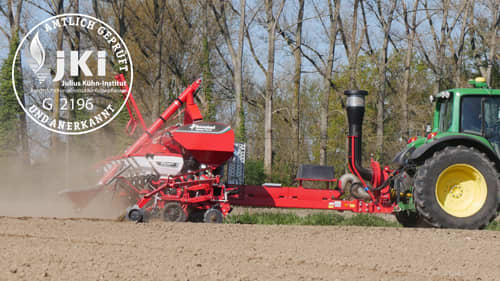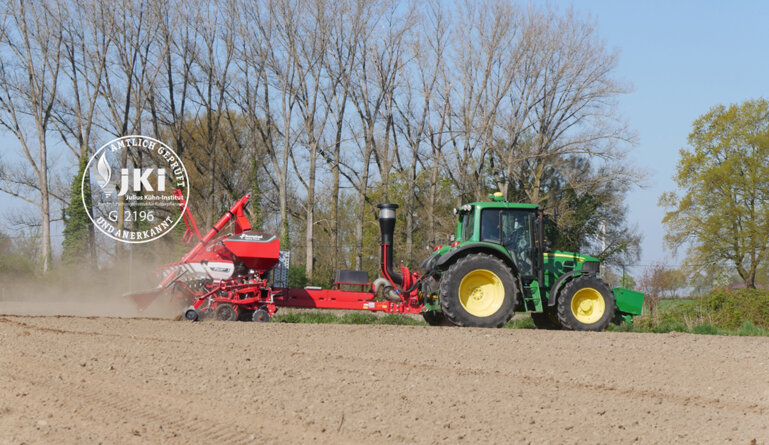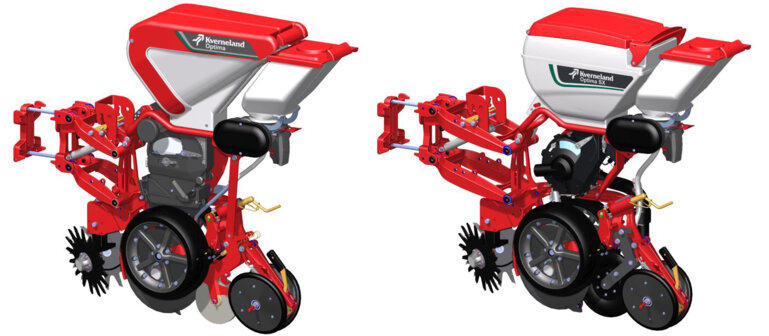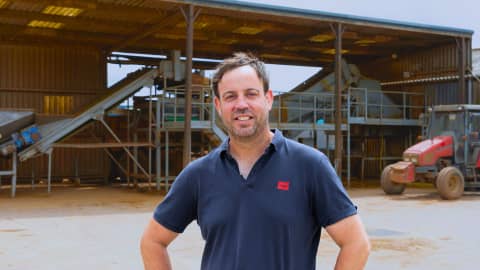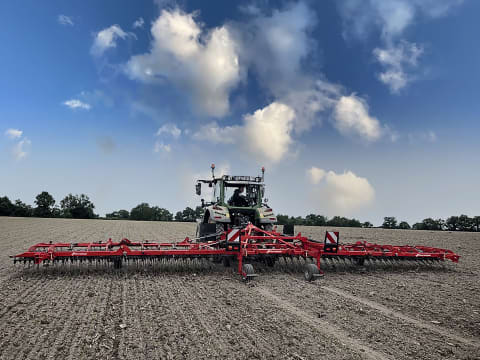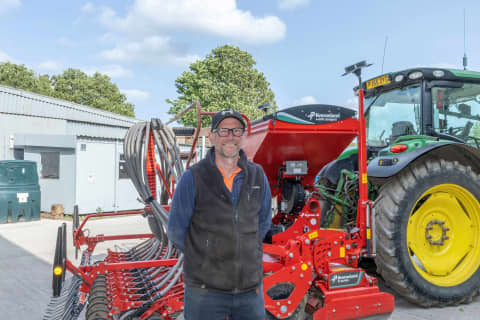The Institute for Application Techniques in Plant Protection (JKI) is constantly working on technologies and procedures to enhance the safety of humans and nature in Germany, regarding plant protection. The aim of the Institute is to optimize the use of plant protection products and contribute to a sustained increase of plant production systems
JKI: Application Techniques in Plant Protection (julius-kuehn.de)
We are very proud that in this respect, the Julius Kühn Institute has granted the approval for the Kverneland micro granule applicator, micro-drill, to comply with these standards. (Reference G 2196).
The electric driven micro granule applicator for the Optima HD-II and SX sowing units has been designed so it is back to back behind the sowing unit and offers a hopper capacity of 17 liters. It is electrically driven and ISOBUS controlled. The metering device developed in Soest consists of a wear-resistant plastic housing and exchangeable cell wheels made of stainless steel which ensure precise metering of the micro granules.
Operator safety
The engineers’ focus has been to increase operator safety by easy and safe handling. Therefore, the operator is able to exchange the cell wheels even when the hoppers are full of granule. There is no need to empty them first, reducing the operator’s risk of being in direct contact with the granules.
Emission control
A plus for the environment: the granulate falls freely into the seed furrow without air support, minimising the emission of dust and complying with the current guidelines for emission control for any granulates applied.
Precision Farming
The comfortable, fully ISOBUS integrated control system allows the adaption of the stop and start points of the seed row. This ensures precise shutting on and off at the end of the field (without overlaps or faults) and in addition allows the switching off during tramline operation.

